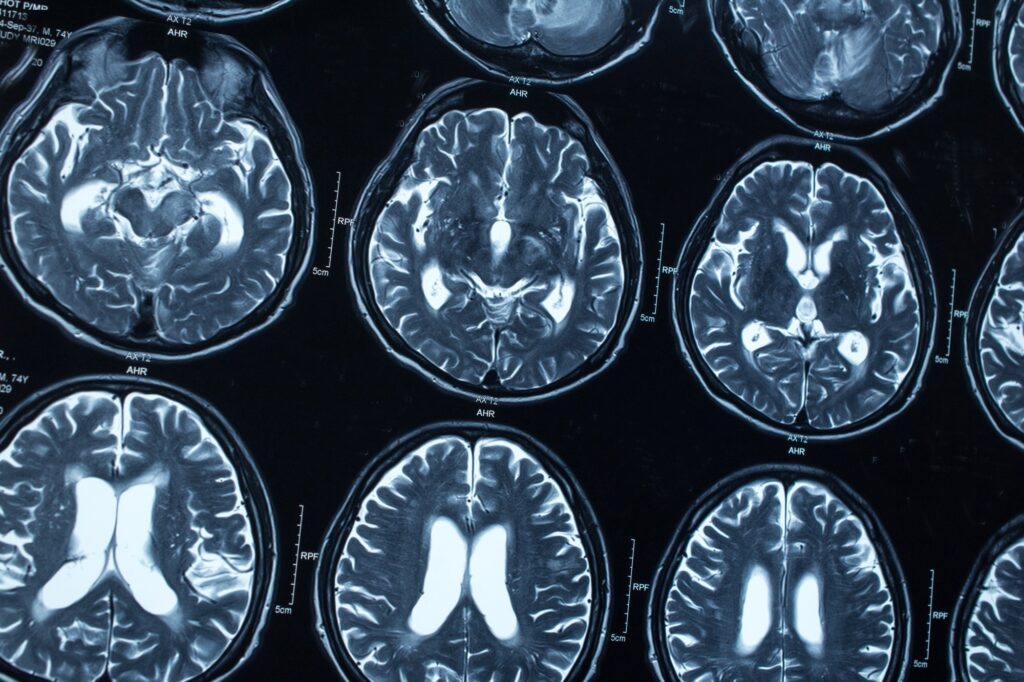For decades, scientists have been aware of aluminum’s potential neurotoxic effects. Despite attempts by some to downplay its risks, mounting evidence from researchers worldwide—including the UK, France, Canada, Israel, and the U.S.—has linked aluminum exposure to neurological disorders such as Alzheimer’s disease (AD) and autism spectrum disorder (ASD).
A groundbreaking study led by Dr. Christopher Exley, a leading expert on aluminum toxicity, has revealed alarmingly high levels of aluminum in the brain tissue of individuals with ASD. Published in the Journal of Trace Elements in Medicine and Biology , this research marks the first-ever analysis of aluminum in the brains of people with autism.
Key Findings:
- Record-High Aluminum Levels: The study documented some of the highest aluminum concentrations ever measured in human brain tissue. One 15-year-old boy with ASD had an astonishing 22.11 micrograms of aluminum per gram of dry brain weight—far exceeding levels considered “pathologically significant.”
- Gender Differences: Aluminum deposits were significantly higher in male brains compared to females. Of the 150 identified deposits, males accounted for 129, while females had only 21.
- Cellular Impact: Most aluminum was found inside non-neuronal cells, particularly microglia and astrocytes, which play critical roles in brain function and development. This suggests that aluminum may disrupt essential processes like synaptic pruning, a key mechanism in early brain maturation.
How Aluminum Enters the Brain
The researchers propose that aluminum enters the brain via immune cells circulating in the blood and lymphatic system. This finding raises concerns about widespread exposure to aluminum adjuvants used in vaccines. These adjuvants are designed to enhance the immune response but can migrate beyond the injection site, potentially reaching the brain.
Dr. Exley and his coauthors highlight the correlation between the increased use of aluminum-containing childhood vaccines and the rising prevalence of ASD. For example:
- Children in countries with the highest ASD rates also have the greatest exposure to aluminum from vaccines.
- American children may receive up to 73 vaccine doses by age 18, many containing aluminum adjuvants.
Implications for Public Health
The study’s results are particularly concerning because they involve young donors, including teenagers. Such extreme aluminum levels could have devastating long-term consequences, not only for ASD but also for other neurological conditions like Alzheimer’s disease. Alarmingly, cases of early-onset Alzheimer’s in individuals as young as their 20s and 30s are becoming more common, raising fears of a looming public health crisis.
Call to Action
Given these findings, numerous researchers are urging a halt to the use of aluminum salts in vaccines and reducing exposure to other sources of neurotoxic aluminum. As Dr. Exley emphasizes, there is no “safe” level of aluminum in the brain, and its presence—even in small amounts—can be harmful.
This landmark study underscores the urgent need to reassess the safety of aluminum adjuvants and prioritize strategies to protect vulnerable populations, particularly children, from unnecessary exposure.


